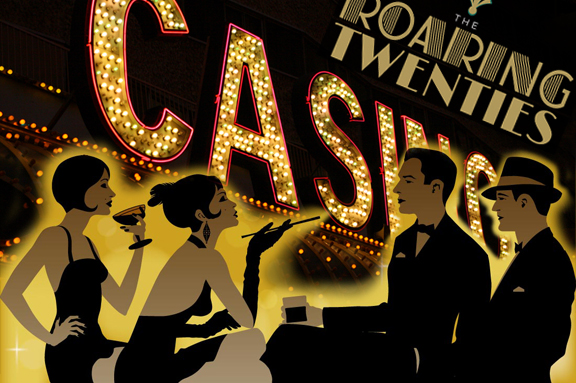
For 7th and 8th graders learning about the 1920’s.
Objectives:
Understanding the prosperity and cultural advancement that occurred during the 1920’s.
Teaches students about the intense social unrest and reaction that was happening during the same decade as the Ku Klux Klan, Prohibition, Crime and the Great Migration
2
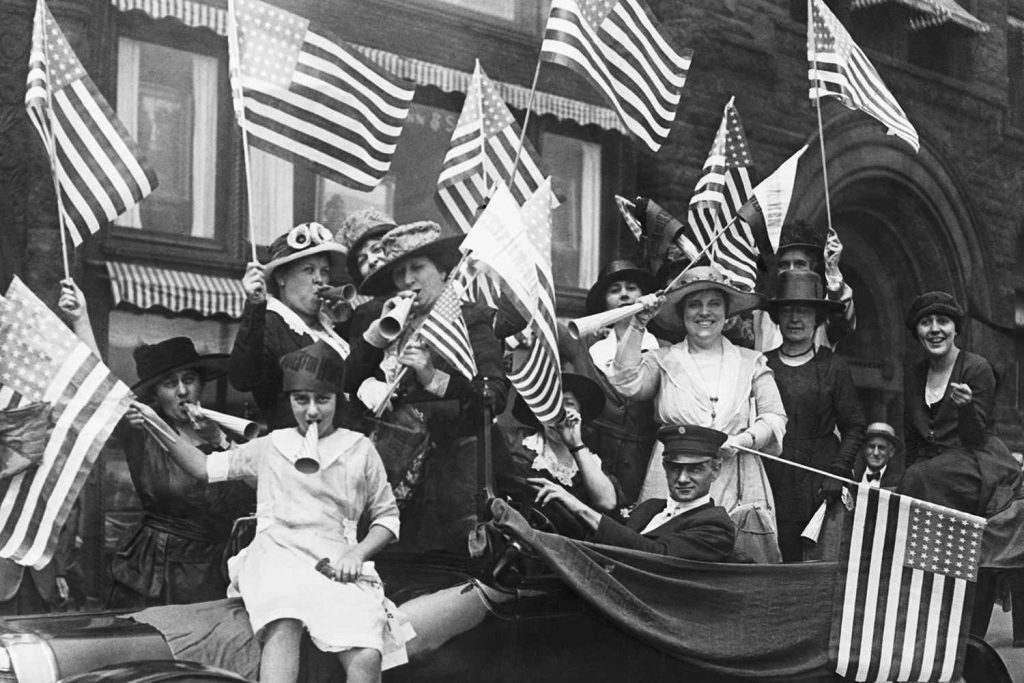
Age of Prosperity and Wonder
Between 1919 and 1929 horsepower per wage earner, skyrocketed by 50 percent, there was an increase in productivity by 72 percent in manufacturing, 33 percent in railroads, and 41 percent in mining.
New Technology
By the mid-20s, almost two-thirds of American households had electricity. Overnight, the electric vacuum cleaner, the electric refrigerator and freezer, and the automatic washing machine became staples in middle-class homes.
Ransom Olds, Henry Leland, and Henry Ford revolutionized design and production methods to make the car affordable and trustworthy.
Movie theaters were selling 50 million tickets each week, a sum equal to roughly half the US population! And the generation that came of age in the twenties learned things at the movie palace that they couldn’t learn in school!
Radio was invented in the late nineteenth century but experienced its formative era of commercial expansion in the twenties. On November 2, 1920, radio station KDKA in Pittsburgh, Pennsylvania, broadcast the presidential election returns. It was the first-ever live radio transmission for a popular audience. By 1922 more than three million households had acquired radio sets. Seven years later more than twelve million households owned radios, fuelling an industry that saw $852 million in annual sales.
4
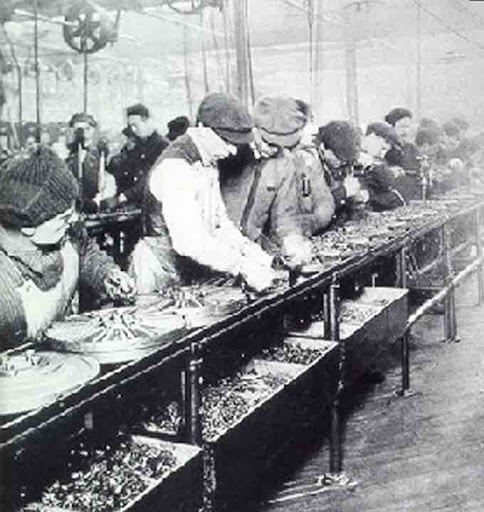
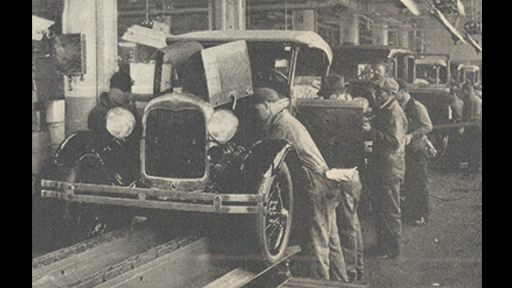
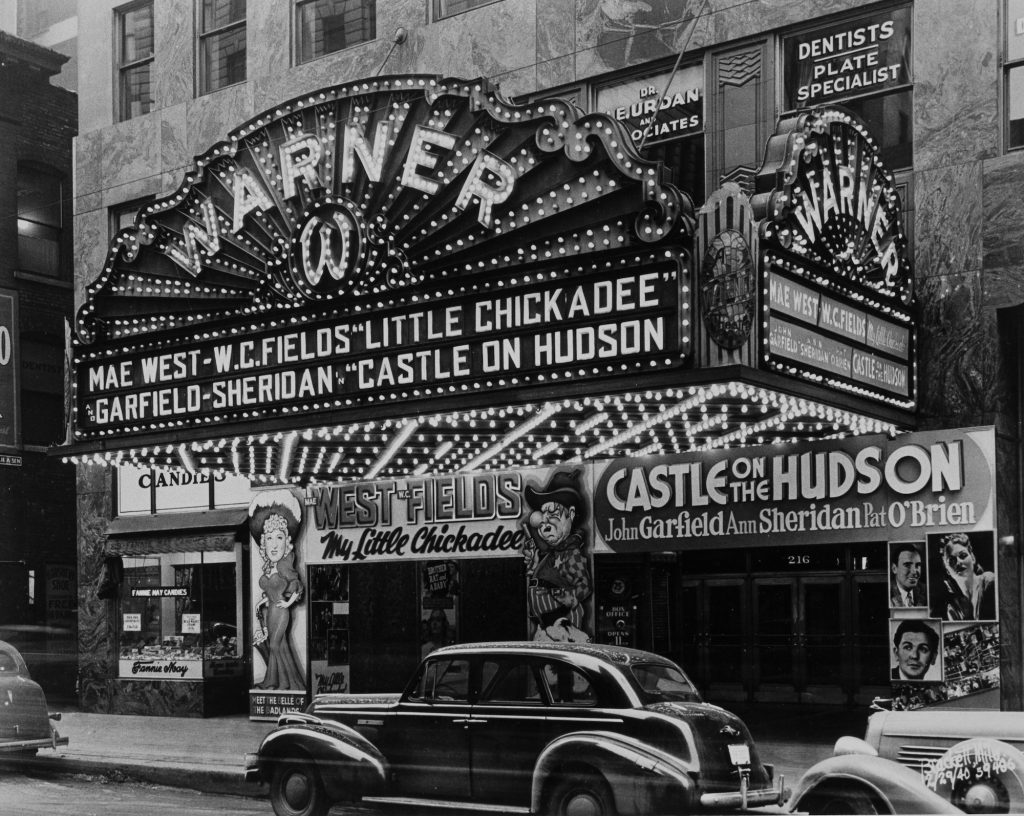
Age of Social Unrest & The KKK
In 1925 a group of local boosters in Dayton, Tennessee, persuaded a young high school science teacher, John Scopes, to violate the state’s anti-evolution law. What followed was a trial that pitted Clarence Darrow, against William Jennings Bryan. The trial’s climax came when Darrow called his adversary to the stand as a biblical expert and Bryan reluctantly admitted that some scriptural language might be more allegorical than literal. The trial seemed like the culmination of a long-simmering clash between liberal and fundamentalist Christians.
From 1910 to 1920, African American populations migrated in large numbers from the South to the North, with prominent figures like W.E.B. DU Bois leading what became known as the Great Migration.
The KKK
The Ku Klux Klan was a Reconstruction-era paramilitary group that had faded from American life until 1915. By 1925 the organization claimed at least five million members and controlled politics in Indiana, Texas, Oklahoma, and Colorado; it was enormously powerful in several other states, notably California and Georgia. The Klan’s greatest legislative achievement came in 1924, when it joined a broad coalition of conservative groups that won passage and approval of a draconian anti-immigration statute. The golden door would remain closed for another forty years. Klan represented diverse ideas to its polyglot membership. It was avowedly white supremacist, but for good measure it also included Jews, Catholics, Asians, and “new women” among its list of enemies
8
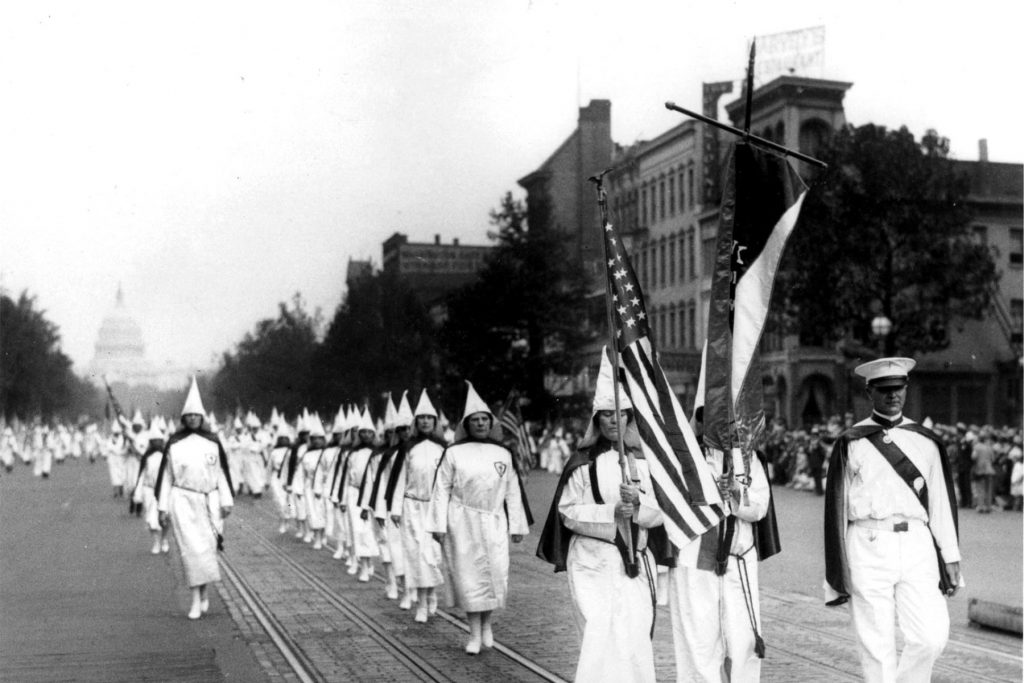

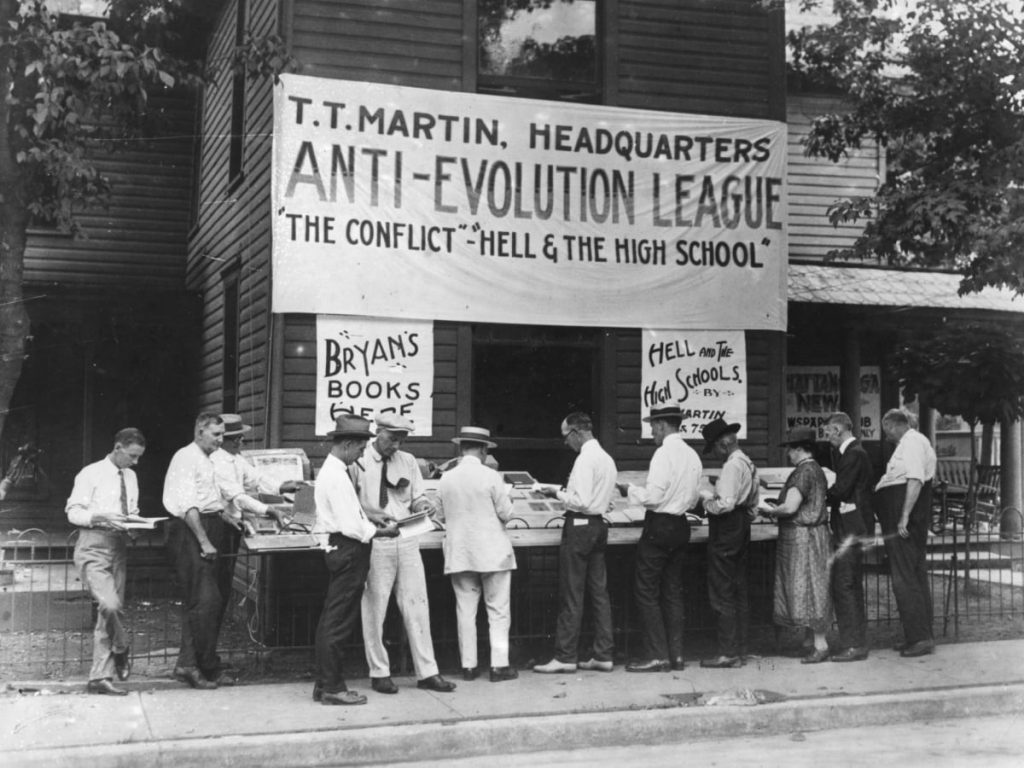
Crime
The 1920s and 1930s were a time of rising crime, driven at first by Prohibition and then after its repeal, taking on a life of its own. The 1920’s was a period of famous gangsters such as John Dillinger, Baby Face Nelson, Bonnie and Clyde, Pretty Boy Floyd, Machine Gun Kelly, and Ma Barker. It also became known as the Public Enemies Era when the FBI began to keep “Public Enemies” lists of wanted criminals charged with crimes.
Al Capone, also called Scarface, was a major gangster during the Prohibition era in Chicago due to his ability to earn $60 million annually from bootleg operations and speakeasies.
Prohibition
Origin Temperance societies were common in communities across the United States. Alcohol was seen as a destructive force in families and marriages. In 1906, a new wave of attacks began on the sale of liquor, led by the Anti-Saloon League and driven by a reaction to urban growth, as well as the rise of evangelical Protestantism and its view of saloon culture as corrupt and ungodly. Many factory owners also supported prohibition in their desire to prevent accidents and increase the efficiency of their workers in an era of increased industrial production and extended working hours.
Prohibition was the most successful achievement of anti-modern forces in the 1920s. It was ratified by the states on January 16, 1919 and officially went into effect on January 17, 1920, with the passage of the Volstead Act
The increase of the illegal production and sale of liquor (known as “bootlegging”), the proliferation of speakeasies (illegal drinking spots) and the accompanying rise in gang violence and other crimes led to waning support for Prohibition by the end of the 1920s. In early 1933, Congress adopted a resolution proposing a 21st Amendment to the Constitution that would repeal the 18th.
12
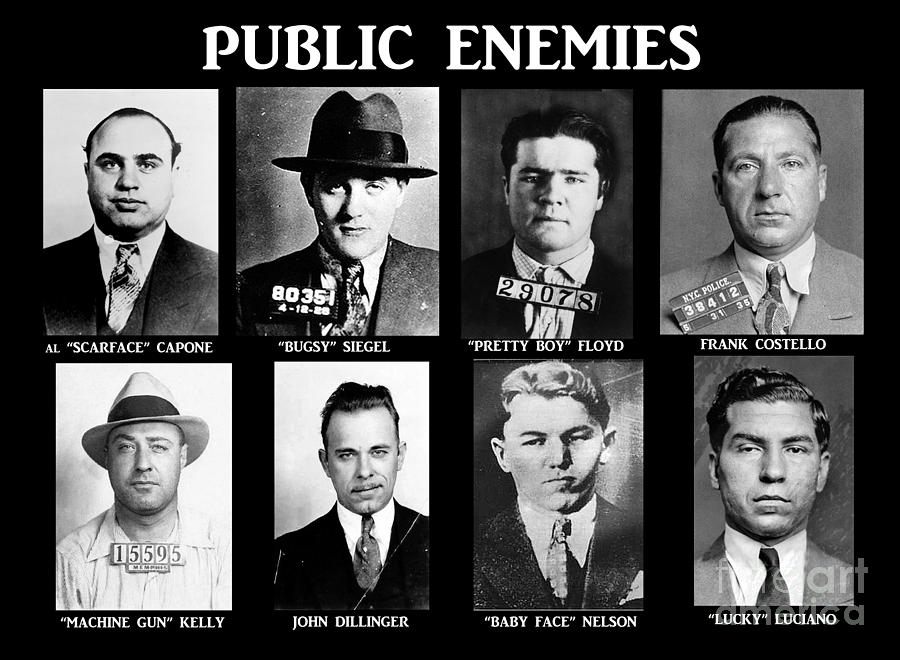
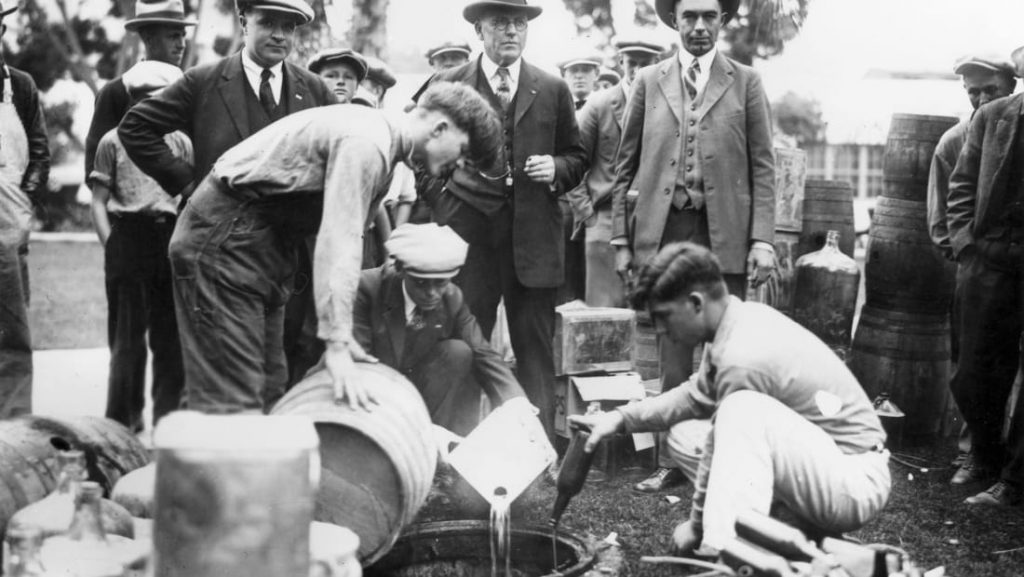
15
Discussion Questions
- Who were the three men who helped to revolutionize the automobile? In your own words, how do you think this helped to advance American society?
2. What was the name of the large movement in population from the North to the South and why do you think this occurred? (Think about the time period)
3. What was the “most successful achievement of anti-modern forces in the 1920s”? and why was it so successful?
16
Follow-Up Activities
Pamphlet Activity
Students will work in pairs to review what they have learned about the Roaring 1920s. They will do this by creating a pamphlet that covers 4 different topics, events or people of the 1920’s. Students will then share with the class.
Wanted Flyer
Students will be given a list of well known gangsters during the 1920’s, and must do research on their gangster, determining what crimes he committed, his impact on America during the 1920’s and an open-ended response to whether or not the students believe the gangster would be considered “guilty” in 2021. Lastly, they will create their own “Wanted” flyer that is identical to that of the 1920’s Public Enemies Lists.
17
Published: Sep 24, 2021
Latest Revision: Sep 26, 2021
Ourboox Unique Identifier: OB-1205613
Copyright © 2021








